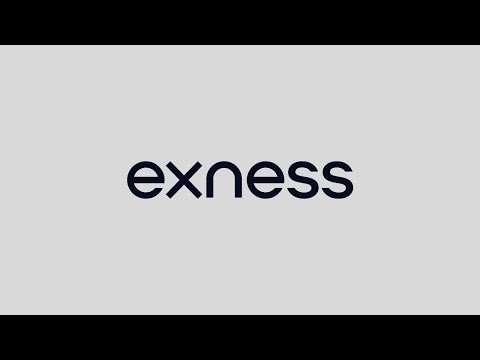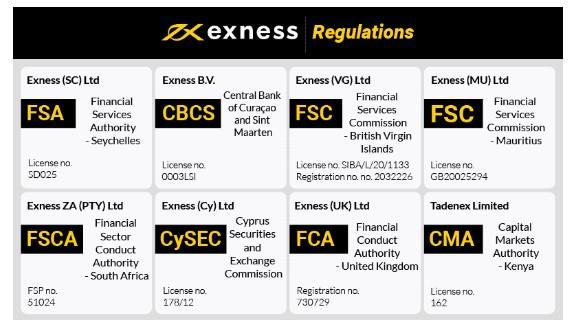
Understanding the exness spread Exness Brazil is crucial for anyone looking to navigate the financial markets efficiently. Spreads are a fundamental concept in trading that can significantly impact your overall trading costs and strategies. Whether you are a seasoned trader or a beginner, grasping the nuances of spreads can enhance your trading decisions and improve your profitability.
What is Spread?
In the world of trading, the term ‘spread’ refers to the difference between the bid price and the ask price of a currency pair or any other financial instrument. The bid price is the highest price a buyer is willing to pay for an asset, while the ask price is the lowest price a seller will accept. The spread represents the transaction cost incurred when entering a trade, making it a key element to consider when trading.
Types of Spreads
There are two primary types of spreads that traders should be aware of: fixed spreads and variable (or floating) spreads. Understanding these types is crucial for traders in effectively managing their trading costs.
Fixed Spreads
Fixed spreads remain constant regardless of market conditions. For example, if the EUR/USD pair has a fixed spread of 2 pips, the difference between the bid and ask price will not change, even during times of high volatility. This predictability is advantageous for traders who prefer to know their exposure costs upfront. However, fixed spreads can be widened by the broker during extreme market conditions, which may be a downside.
Variable Spreads
Variable spreads fluctuate based on market conditions. During times of low volatility, the spread may narrow, but it can widen significantly during periods of high volatility or low liquidity. This type of spread can be beneficial for traders during stable market conditions, as they may enjoy lower transaction costs. However, during volatile times, variable spreads can increase the cost of entering or exiting a position.
How Exness Handles Spreads
Exness is a well-known forex broker that offers various types of accounts, each with different spread options. Depending on the account type chosen, traders can experience varying spreads that cater to their trading preferences. For instance, Exness provides both fixed and variable spreads, giving traders the flexibility to choose according to their strategies and risk tolerance.

Account Types
Exness offers several account types, including Standard, Pro, and Zero accounts. Each account type presents different spread characteristics:
- Standard Account: Offers competitive spreads starting from 0.3 pips, making it suitable for beginners and casual traders.
- Pro Account: Provides tighter spreads and is designed for more experienced traders who demand precision in their trading strategies.
- Zero Account: Features an ultra-low spread starting from 0 pips, but a commission is charged on trades. This is ideal for high-frequency traders who benefit from minimal spread costs.
Importance of Spread in Trading
The spread plays a critical role in trading performance, impacting overall profitability. Here are several reasons why understanding spreads is essential:
- Cost Measurement: The spread represents your initial transaction cost. A smaller spread can significantly reduce the cost of trading, particularly if you execute several trades per day.
- Market Conditions: Understanding how spreads respond to various market conditions can help you time your trades more effectively. For instance, avoiding trading during major economic news releases can help you dodge higher spreads.
- Strategy Development: Knowing the spread allows you to develop strategies that account for transaction costs, which is vital for maintaining profitability over the long term.
Tips for Managing Spreads
Here are some practical tips for managing spreads effectively while trading with Exness or any other broker:
- Choose the Right Account Type: Select an account type that aligns with your trading strategy and style. If you trade frequently, consider accounts with lower or zero spreads.
- Avoid Trading During Major Events: Market volatility can lead to widening spreads. It is wise to avoid opening new positions during such events, or to manage existing positions accordingly.
- Monitor Spreads Continuously: Keep an eye on the spreads for the instruments you trade and adjust your strategies as market conditions change.
- Use Trading Tools: Employ trading tools and platforms that provide real-time spread information to make informed decisions.
Conclusion
Understanding the Exness spread and its components is vital for effective trading. By knowing the differences between fixed and variable spreads and how they impact your costs, you can enhance your trading strategies and potentially increase your profitability. Whether you choose a Standard, Pro, or Zero account, ensure that your choice aligns with your trading style and risk tolerance. By following the tips laid out in this article, you can manage spreads effectively and navigate the markets with greater confidence.
